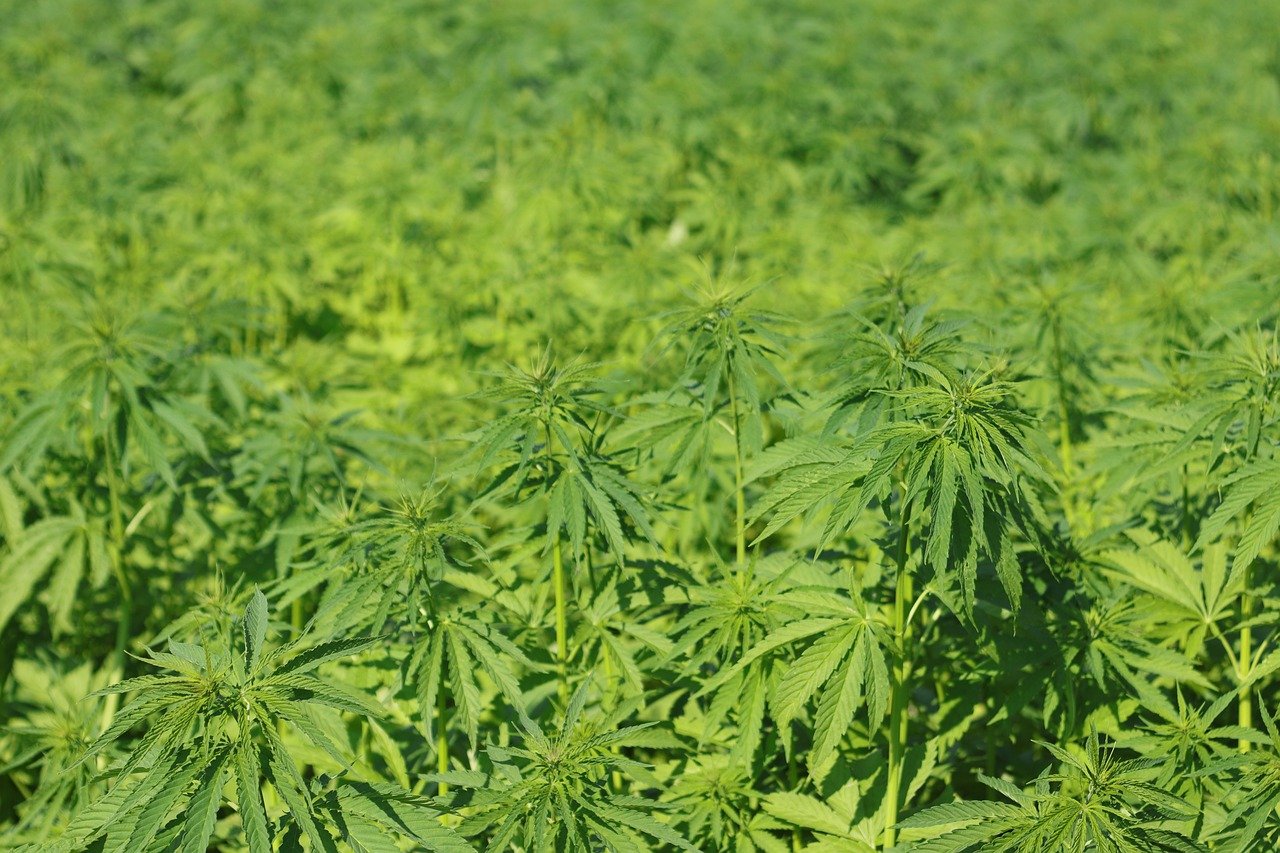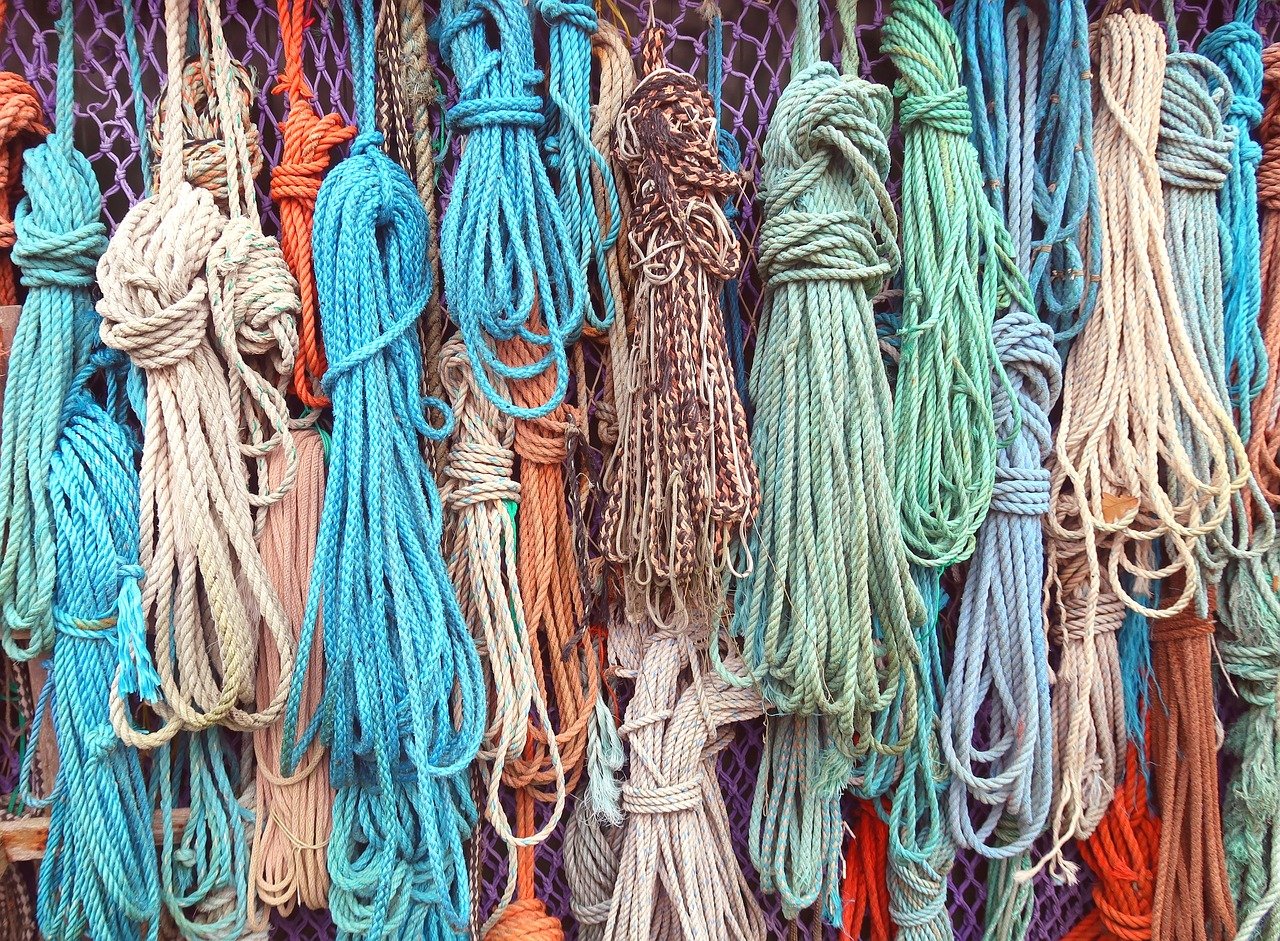From field to final product, the hemp plant goes through several processes to become fiber. To turn the hemp plant into hemp fiber that can be used in several applications, the plant must go through a retting and decortication process. Once decortication is complete, the hemp fiber can then be used in many biocomposites and in a multitude of industries.
Hemp grown for fiber must go through field retting and decortication.
Industrial hemp plants destined to become hemp fiber must first go through the retting process. Retting, typically done in the field and known as dew-retting, is the process of laying the hemp stalks on the ground and allowing them to be exposed to moisture from rain and dew. The combination of rain and dew increasing the moisture of the stalks and wind drying the stalks separates the fiber from the core stem.
Once successfully field-retted, the hemp fiber stalks then go through the process of decortication. Hemp decortication simply means the bast fibers and hurd fibers are separated. This process is done by using a decortication machine that mechanically separates the fibers of the hemp plant.
After processing, hemp fibers can be turned into a multitude of products, including rope.
After decortication, the hemp fibers can be used for a multitude of products, textiles and industries. The long bast fibers can then be turned into paper, textiles, ropes and other composites. The short bast fibers are used in the building sector for products such as hempcrete, as well as paper pulp. The hurds can be used for paper boards, energy and animal bedding.
The industrial hemp plant must move through several stages to reach the fiber stage. Retting involves leaving the stalks in the field to be exposed to moisture and wind. Decortication separates the fibers through a mechanical process. Once decorticated, hemp fibers can be used in a multitude of products and industries. Processing hemp for fiber opens a wide range of markets for hemp fiber to provide alternative, sustainable and green products.



